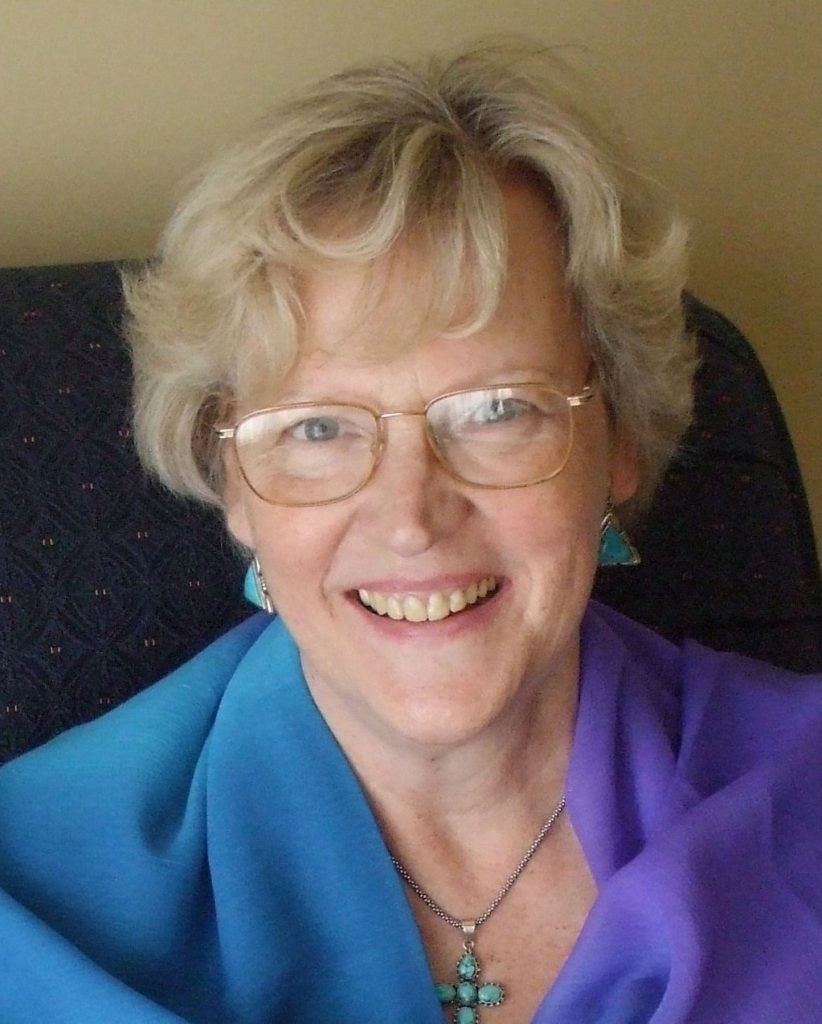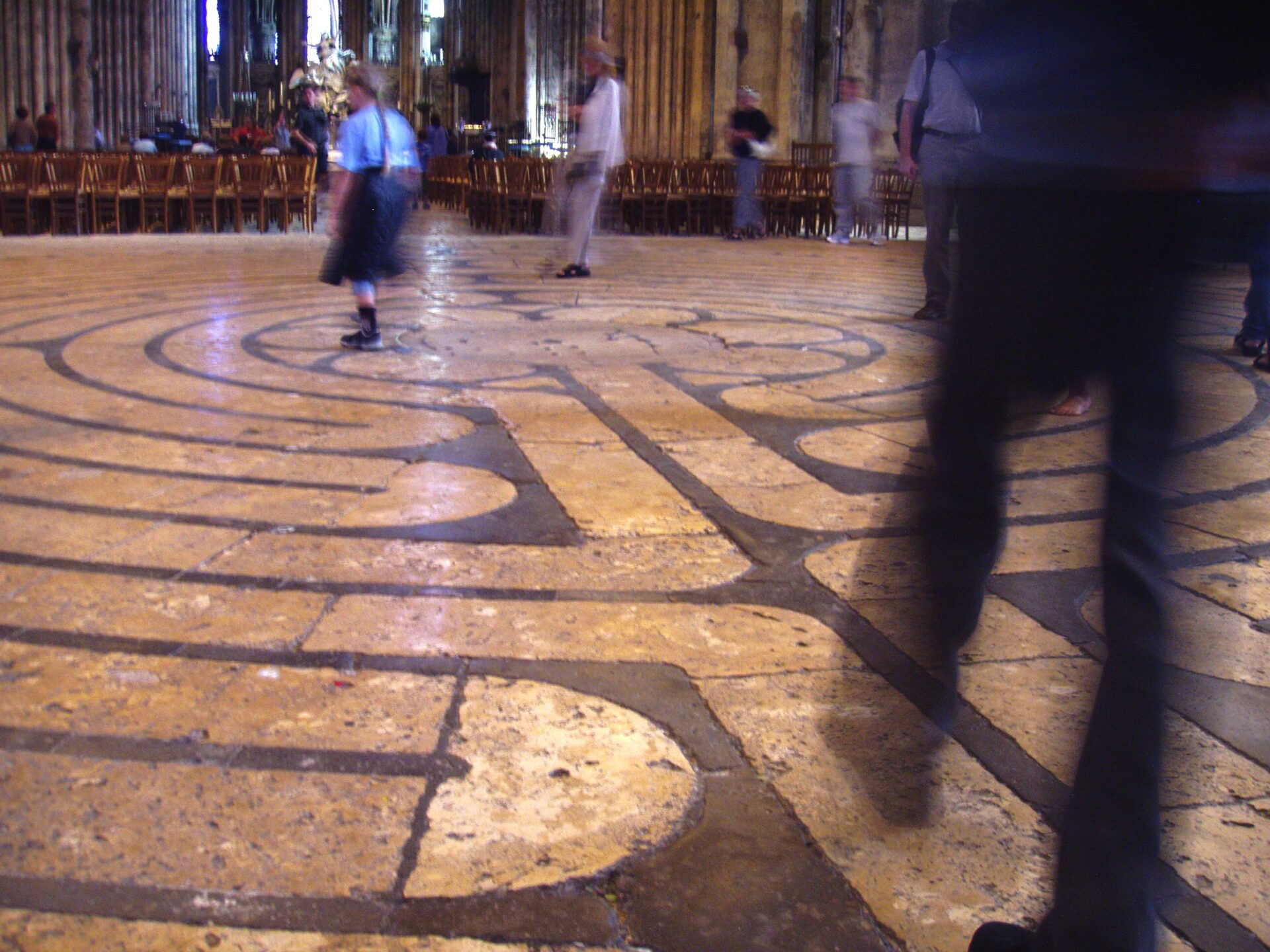In the following instalments of the ‘Weekly Teaching’ I would like to share with you some extracts from ‘Journey to the Heart’. This book is based on talks given by the individual speakers on the ‘Roots of Christian Mysticism’ Course, which was run for four years as a one year course of 30 weekly sessions by my husband Shankar and me under the umbrella of the World Community for Christian Meditation at the London Christian Meditation Centre. The objective of ‘Journey to the Heart’, as it was of the Course, is to introduce meditators in our tradition and others interested in Christian Mysticism to this rich stream that flows throughout the ages by using certain key spiritual teachers as stepping stones along the way. Reading the book is very much envisaged as a spiritual journey of discovery; it is not considered to be primarily information gathering, more a process of growth by being exposed to the wisdom of these teachers. I hope these extracts will whet your appetite for the whole book.
Laurence Freeman begins the book by taking us to the foundation of Christian contemplative prayer, Jesus. He does so not by exploring specific quotes from Scripture, as has been done in the past, but by pointing out that it is Jesus’ way of teaching and way of being that shows him to be a teacher of contemplation.
Laurence starts his reflections with the story of Mary and Martha: “Jesus comes to visit with Martha and Mary, two sisters, two friends of his. Martha, representing the active life, welcomes him into the house while Mary, symbolising the contemplative life sits at his feet listening to his words. The text says that she sits and stays there. Martha however becomes distracted by her many tasks and emerges as a kind of domestic terrorist by bursting in complaining to Jesus: “Lord, do you not care that my sister is leaving me to do everything by myself? Tell her to give me a hand!”
Martha is clearly the star or anti-heroine of this story. The ordinary reader identifies and sympathises with her. Who hasn’t at times felt like her? She is not in a pleasant mood but she is not condemned by Jesus – or the narrator or the reader – because she is so clearly in a state of suffering, isolated, angry, paranoid, overwhelmed, feeling abandoned. Her ego has painfully inflated and she sees everything revolving around herself. If we were to give the multi-tasking Martha one more job in her heavenly rest it would be to be the patron saint of stress of which she is showing all the classic symptoms. Yet, behind the self-dramatizing she is only trying to get a good meal ready, to be hospitable. Why doesn’t she ask Mary to help her directly? Why does she blame Jesus and become the only disciple in the Gospels who tells him what to do? These are questions that make the story instructive for us at one level of reading scripture by yielding us insight into its ‘moral sense’. How does the story help us understand our own behaviour? However, at a deeper spiritual level we are not dealing with psychology but the very makeup of our humanity. The two sisters represent not just two personality types but the two halves of the human soul. This is implicit in the way Jesus responds to Martha.
Calmly and in a friendly way he explains to Martha, first of all, that she is way out of touch with herself. He says her name twice to bring her back. She is now, we hope, learning to listen to him as Mary was doing. “Martha, Martha, you are fussing and fretting about so many things,” he tells her. Jesus is not blaming but he is diagnosing her problem by pointing out how alienated she has become from her other half, her sister. He tells Martha she has become unmanageably stressed in her many tasks whereas “only one thing is necessary.” He does not define this one thing. But, surely the ‘one thing’ is to be one, to re-integrate the divided self whose internal fracture has led her into anger and violence. In his next words he defends the contemplative dimension of life which routinely comes under attack from the activist side of the divided self for being useless, non-productive and selfish. This primary unity of the soul, the balance and harmony between action and contemplation decides the whole pattern and tone of life. Without it every aspect of life is fragmented. In religious terms, theology, prayer, worship are all crippled by this internal division. Faith itself eventually degenerates into ideology and social conformity without the contemplative dimension. In more general terms, the human psyche collapses into one-sidedness, imbalance and disharmony. This is why Jesus says something that might be misread as a putdown of Martha: “Mary has chosen the better part and it will not be taken from her.” In fact he is saying that being comes before doing and the quality of our being determines the quality and effectiveness of all our actions. We don’t hear how Martha responds. Does she lift her hands in despair and leave banging the door, or suddenly calm down and do what she should have done at first which is to ask Mary to help her? It would be the test of Mary’s work. If she had said ‘No I’m contemplating, leave me alone’, she would have shown her work to be inauthentic. If she had jumped up and helped, her other side would have been in harmony. Martha’s mistake, made by cultures and religions as well as individuals, is not to have remembered that Mary was working as well.
We are all Martha and Mary. Our imbalance is represented here by Martha who shows it up as a universal problem. The one thing necessary is to get the two halves of our soul back into friendship and balance. There are many ways we can do this. Most important of course is to recover the work that Mary is doing – Martha had forgotten the value of Mary’s non-action: even though Mary seems to be doing nothing she is working, listening and paying attention and being still.
The story shows us Jesus as a teacher of contemplation who understands and communicates that wholeness is holy balance and integration. Jesus taught this, not only in words, but by example. Particularly in Luke’s Gospel we see him frequently stopping his fast pace of life, his preaching, healing and travelling, by withdrawing to quiet places to pray alone or with a few of his disciples.(Luke 6:12, 9:18, 22:39) If there was not a harmony between what he taught and what he did his teaching would lack authority. Christian identity depends directly on this authority.”
Laurence Freeman OSB
(Extract from ‘Journey to the Heart – Christian Contemplation through the centuries – an Illustrated Guide’ Editor Kim Nataraja)





